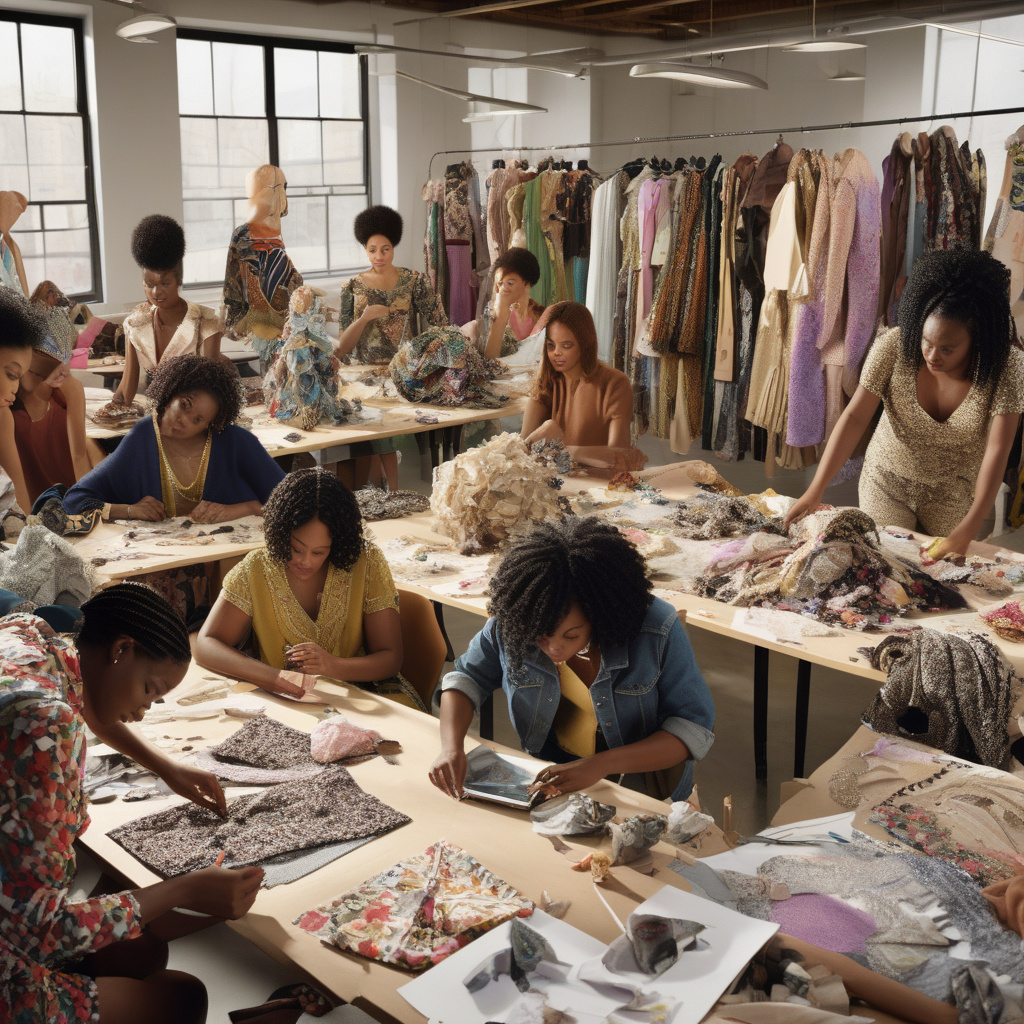Fashion’s Big Bet on Textile Recycling, Explained
The fashion industry has long been criticized for its environmental impact, from water pollution to excess waste. In recent years, a glimmer of hope has emerged in the form of textile recycling. This innovative approach promises to tackle fashion’s sustainability issues head-on. However, the reality behind the hype is more nuanced than it may seem at first glance.
Textile recycling is often hailed as a holy grail solution to the fashion industry’s environmental challenges. The concept is simple yet powerful: instead of discarding old clothes and textiles, they are collected, processed, and transformed into new materials. This process not only diverts waste from landfills but also reduces the need for virgin resources, ultimately lessening the industry’s carbon footprint.
One of the key players driving the textile recycling movement is the rise of circular fashion initiatives. Brands and retailers are increasingly embracing the principles of a circular economy, where products are designed to be reused, repaired, and recycled. By incorporating recycled materials into their collections, these companies are signaling a shift towards a more sustainable future for fashion.
Despite the potential benefits of textile recycling, the industry faces several challenges that must be addressed. One major hurdle is the complexity of textile waste itself. Fabrics are often made from a blend of different materials, such as cotton, polyester, and elastane, which can be difficult to separate and recycle effectively. Additionally, many textiles are treated with chemicals or dyes that further complicate the recycling process.
Moreover, the infrastructure for textile recycling is still in its early stages of development. While there are initiatives and facilities dedicated to textile recycling, they are not yet widespread or easily accessible to the average consumer. This lack of infrastructure poses a barrier to scaling up textile recycling efforts and realizing its full potential.
Another factor to consider is consumer behavior. Despite growing awareness of sustainability issues, many consumers still prioritize convenience and price when making fashion purchases. Convincing consumers to choose recycled textiles over traditional options requires not only education but also a shift in mindset towards more conscious consumption.
In light of these challenges, it is clear that textile recycling alone is not a silver bullet for the fashion industry’s sustainability woes. Instead, a multi-faceted approach is needed, one that encompasses not only recycling but also reduction of waste, use of sustainable materials, and responsible production practices. By combining these strategies, the fashion industry can make meaningful progress towards a more sustainable future.
In conclusion, while textile recycling holds promise as a solution to fashion’s environmental challenges, its success hinges on overcoming various obstacles. By addressing the complexities of textile waste, expanding recycling infrastructure, and changing consumer attitudes, the industry can unlock the full potential of this innovative approach. Fashion’s big bet on textile recycling may be a gamble, but with the right investments and strategies, it has the potential to pay off in spades.
sustainability, fashionindustry, textilerecycling, circularfashion, environmentalimpact












